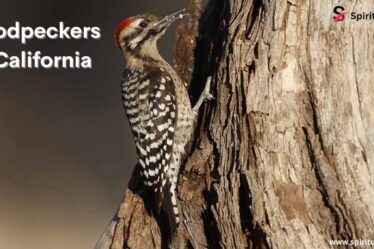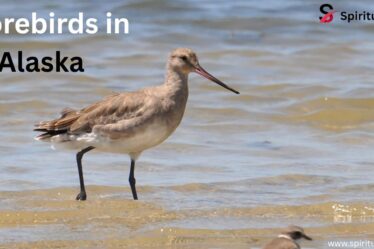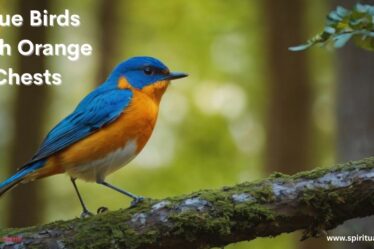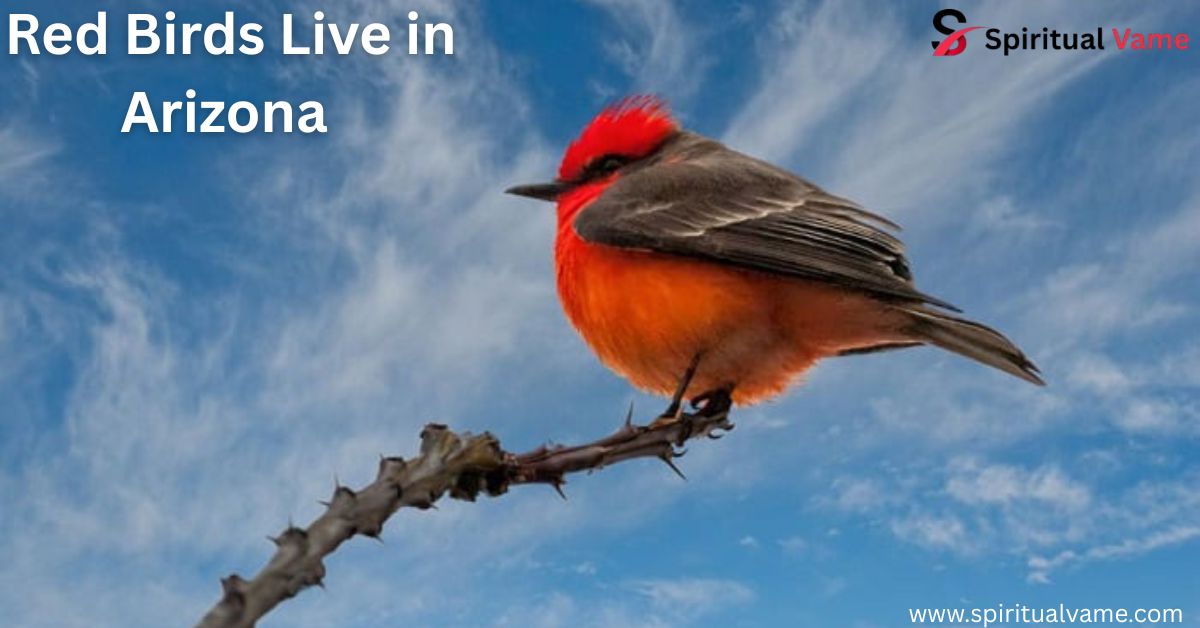
Arizona is known for its beautiful desert landscapes, but there’s another hidden treasure that brightens the dry environment: red birds. These vibrant species bring color to the cactus-studded terrain. From deep crimson cardinals to flame-colored tanagers, the state is home to a wide variety of red-feathered birds. Thanks to Arizona’s mix of climates, habitats, and elevations, both migratory and year-round residents thrive here. Bird lovers across the Southwest often report sightings in backyards, nature reserves, and even busy suburban parks.
In the arid zones and lush riparian corridors of southern Arizona, you’ll find everything from the Northern Cardinal (Cardinalis cardinalis) to the tropical Vermilion Flycatcher (Pyrocephalus rubinus). Some of these birds stick around all year, while others pass through during migration. They nest in dense shrubs, sing from evergreen trees, and feed from hopper-style or platform feeders. Whether you’re hiking near the San Pedro River or relaxing in a suburban backyard, red birds in Arizona are a delightful sight for any nature lover.
List of 15 Red Birds Live in Arizona
1. Vermillion Flycatcher – (Pyrocephalus obscurus)
The Vermilion Flycatcher is one of the most eye-catching birds in Arizona. Males are bright red with a brownish-black mask and dark back, while females have a soft salmon-red blush on their underparts. They love open country habitats and are often seen on exposed perches, like fence posts or shrub tops. They eat flying insects, catching them mid-air with fluttery flights and a sharp twittering display song. These birds live year-round in desert scrub, riparian woodlands, and arid farmland. Conservation efforts from groups like the American Bird Conservancy help protect their riparian habitat from loss.
2. Northern Cardinal – (Cardinalis cardinalis)
The Northern Cardinal is easily recognized by its crimson feathers, black mask, and strong orange bill. These birds are non-migratory and stay in Arizona year-round, especially in southern parts of the state. They’re comfortable in urban and rural areas, feeding on seeds, berries, and fruits from native plantings like coneflowers, black-eyed Susans, grasses, and shrubs. They love hopper-style feeders filled with black oil sunflower seeds and dried fruits. To attract them, keep a birdbath with shallow depth clean and filled. These birds often nest in dense shrubs or evergreen trees. Their melodic song and bright appearance have made them favorites among cardinal enthusiasts and across social media.
3. Purple Finch – (Haemorhous purpureus)
Often confused with the House Finch, the Purple Finch has a more raspberry-red hue and a chunkier build. Males are covered in rosy red from head to breast, while females are brown and streaked. These birds feed on seeds and fruits and are more common in wooded areas and coniferous forests. They are less common in Arizona but may be seen during migration seasons.
4. House Finch (Haemorhous mexicanus)
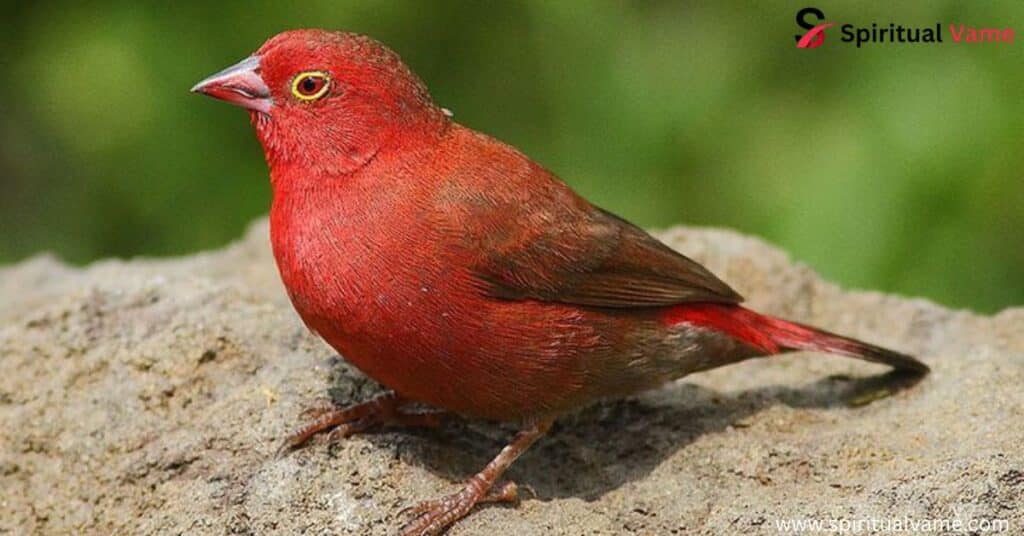
The House Finch is one of the most adaptable red birds in Arizona. Males have a red head and chest, while females are brown-streaked and lack red. These birds thrive in urban and suburban environments, and you can spot them at bird feeders, enjoying black oil sunflower seeds, dried fruits, and even berries from shrubs and trees. House Finches are non-migratory and live in Arizona all year. They nest in shrubs, use reflective surfaces during mating season, and are vulnerable to pesticides and predators like hawks.
5. Flame-colored Tanager (Piranga bidentata)
Rare in the U.S. but occasionally spotted in Arizona, this bright orange-red bird typically lives in Mexico and Central America. When it visits Arizona, it’s found in riparian woodlands and oak forests in the southeastern part of the state. Its appearance resembles the Western Tanager, but with a more vibrant orange hue.
6. Painted Bunting (Passerina ciris)
Often called the most beautiful bird in North America, the Painted Bunting shows off bright red, blue, and green feathers. Males are incredibly colorful, while females are greenish-yellow. They’re not common in Arizona but do appear in the southeastern parts during migration. These birds prefer dense brush and riparian edges.
7. Scarlet Tanager (Piranga olivacea)
This bird is hard to miss with its rose-red body and black wings and tail. Males are especially bright during breeding season, while females are more olive-yellow. Scarlet Tanagers are long-distance migrants, flying from South America to North America each spring. They prefer deciduous forests and often feed on insects, berries, and fruits high in the canopy.
8. Cassin’s Finch (Haemorhous cassinii)
Cassin’s Finch has a slightly pointed bill and red crown. Males have rosy red caps, while females are more streaked brown. They live in high elevation forests and feed on seeds, buds, and berries. Though more common in northern Arizona, they may appear in the south in cooler months.
9. Summer Tanager (Piranga rubra)
The Summer Tanager stands out with its completely red plumage. Females are mustard-yellow and less vivid. They specialize in eating bees and wasps, plucking them from nests and neutralizing the sting before eating. Their song is smooth and robin-like, and their chuckling call is easy to recognize. These birds nest in riparian woodlands, oak, and deciduous trees and spend the summer in southern Arizona before migrating south.
10. Hepatic Tanager (Piranga flava)
This bird has grayish flanks, cheek patches, and a duller red color than the Summer or Scarlet Tanager. Females are more orangish-yellow. They are common in mixed pine-oak forests in northern and eastern Arizona, especially in high elevations.
11. Red Crossbill (Loxia curvirostra)
With a unique crossed bill perfect for opening conifer cones, the Red Crossbill is usually found in pine forests. Males are red, and females are yellowish-green. Their appearance in Arizona depends on food availability, so they are somewhat unpredictable.
12. Pine Grosbeak (Pinicola enucleator)
A larger finch with pinkish-red plumage in males and olive-gray tones in females, this bird prefers high elevation forests. Though rarely seen in Arizona, they may show up in the northern mountains during winter.
13. Pyrrhuloxia (Cardinalis sinuatus)

Known as the desert cardinal, the Pyrrhuloxia has a gray body with red accents on the face, crest, and chest. Females are duller but still lovely. This bird lives in arid regions, especially desert scrub, mesquite thickets, and riparian zones like the San Pedro River. It’s a year-round resident and thrives in backyards and brushy areas with native flora. Attract them with black oil sunflower seeds, berries, and dried fruits. They often bathe in shallow birdbaths, nest in dense shrubs, and are protected by programs like the BirdScapes initiative from the Rio Grande Joint Venture.
14. Painted Redstart (Myioborus pictus)
This small warbler is mostly black with bright red underparts and white wing patches. Found in mountainous regions of Arizona, it forages by flashing its tail and wings to scare up insects. It’s a lively bird seen flitting along forest edges.
15. Red-faced Warbler (Cardellina rubrifrons)
One of Arizona’s most striking warblers, the Red-faced Warbler has a bold red face with a gray body and black cap. It lives in cool mountain forests and nests on the ground in dense leaf litter. This bird is more often seen in southeastern Arizona during breeding season.
3 Types of Cardinals Found in North America
Three types of cardinals brighten the landscapes of North America: the Northern Cardinal, Pyrrhuloxia, and Red-Crested Cardinal. Each has its unique charm. The Northern Cardinal is famous for its vibrant crimson color, black face, and rich song. The Pyrrhuloxia, or desert cardinal, has gray feathers with red highlights and thrives in Arizona’s dry habitats. The Red-Crested Cardinal, with its bold red head and white body, is more tropical and rarely seen in Arizona but found in parts of the southern U.S.
Now Trending
Birdwatching in Arizona is booming. With its unique mix of deserts, riparian areas, and mountains, the state has become a hotspot for spotting rare and colorful species. Social media is full of birders sharing photos of Vermilion Flycatchers, Summer Tanagers, and House Finches from their backyards and favorite trails. Local parks, wildlife refuges, and even libraries are joining in, hosting bird walks and educational programs.
Types of North American Cardinals

While all cardinals belong to the same family, each species has unique features. The Northern Cardinal stands out with its deep red coloring and beautiful songs. The Pyrrhuloxia is more adapted to the dry Southwestern landscape with a more muted gray-and-red appearance. The Red-Crested Cardinal, though rare in Arizona, is striking with its sharp crest and contrasting colors.
Northern Cardinal
The Northern Cardinal (Cardinalis cardinalis) is one of the most beloved birds in North America. Males are completely crimson, while females are a warm olive with subtle red accents. These non-migratory birds live in southern Arizona, Texas, and even up to southern Canada. They’re common in urban, suburban, and rural habitats, where they sing from trees and visit bird feeders. Cardinals are often seen drinking and bathing in clean, shallow birdbaths. They nest in dense shrubs and defend their territory by attacking reflective surfaces like car mirrors. Experts like David Mizejewski from the National Wildlife Federation recommend planting native flora and using platform feeders to support these stunning birds year-round.
Pyrrhuloxia
The Pyrrhuloxia (Cardinalis sinuatus) is a true desert survivor. Also called the desert cardinal, it has a gray body, red face, and bright crest. Found mostly in southern Arizona, Texas, and New Mexico, these birds love desert scrub, thorn thickets, and brushy stream beds. They live in riparian habitats like the San Pedro River and visit feeders stocked with sunflower seeds and berries. Females are less colorful but just as hardy. These birds are supported by programs like the BirdScapes program and Rio Grande Joint Venture, which work to preserve their desert homes.
Red-Crested Cardinal
While not native to Arizona, the Red-Crested Cardinal occasionally appears in parts of the southern U.S. It has a striking red head, white body, and gray wings. Often seen in tropical gardens and city parks, this bird adds a splash of color wherever it goes. Sightings in Arizona are rare but exciting for bird enthusiasts who track appearances on platforms like eBird or social media.
Conclusion
From urban backyards to desert washes and riparian corridors, Arizona is home to an amazing variety of red birds. Whether you’re a lifelong birder or just someone who enjoys color and song in your garden, there’s a red bird in Arizona waiting to be discovered. Keep your feeders filled, birdbaths clean, and plant native shrubs and trees to invite these feathered friends into your space. Remember, avoiding pesticides and providing safe nesting areas helps keep these species thriving. Groups like the American Bird Conservancy and National Wildlife Federation continue to support conservation, making it easier for all of us to enjoy the beauty and song of these birds year after year.

